We were lucky to catch up with Sabrina Merayo Nuñez recently and have shared our conversation below.
Sabrina, appreciate you joining us today. Can you talk to us about a project that’s meant a lot to you?
One of my most significant projects was “Humans as Trees”. about extracting DNA from trees and comparing it to human DNA sequences. This project was selected by the Coelesce Center for Biological Art and developed at the University at Buffalo Bioart lab in late 2017. It was a wonderful experience not only because of the people I got to share two months of work with, but also because of the new meaning that the relationship between the human and the non-human took for me. My background is more artistic than scientific, so for me this experience in the lab opened the door to new ways of approaching nature. But most of all, this experience laid the foundations of a new critical way of thinking about the tools with which we humans relate to nature. How we manipulate the elements of nature through scientific theories that can be certainly as true as false depending on the optic through which they are analyzed.
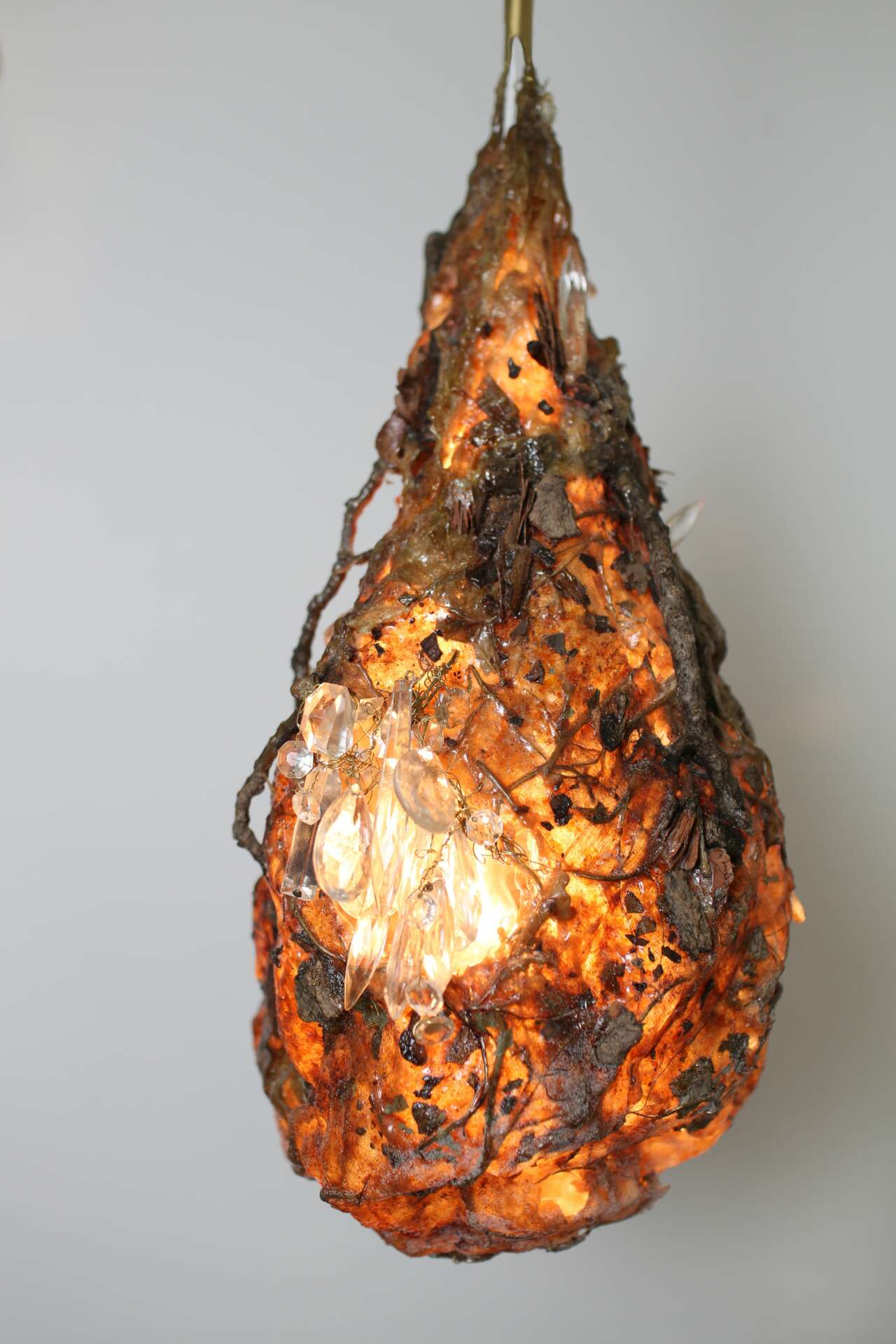
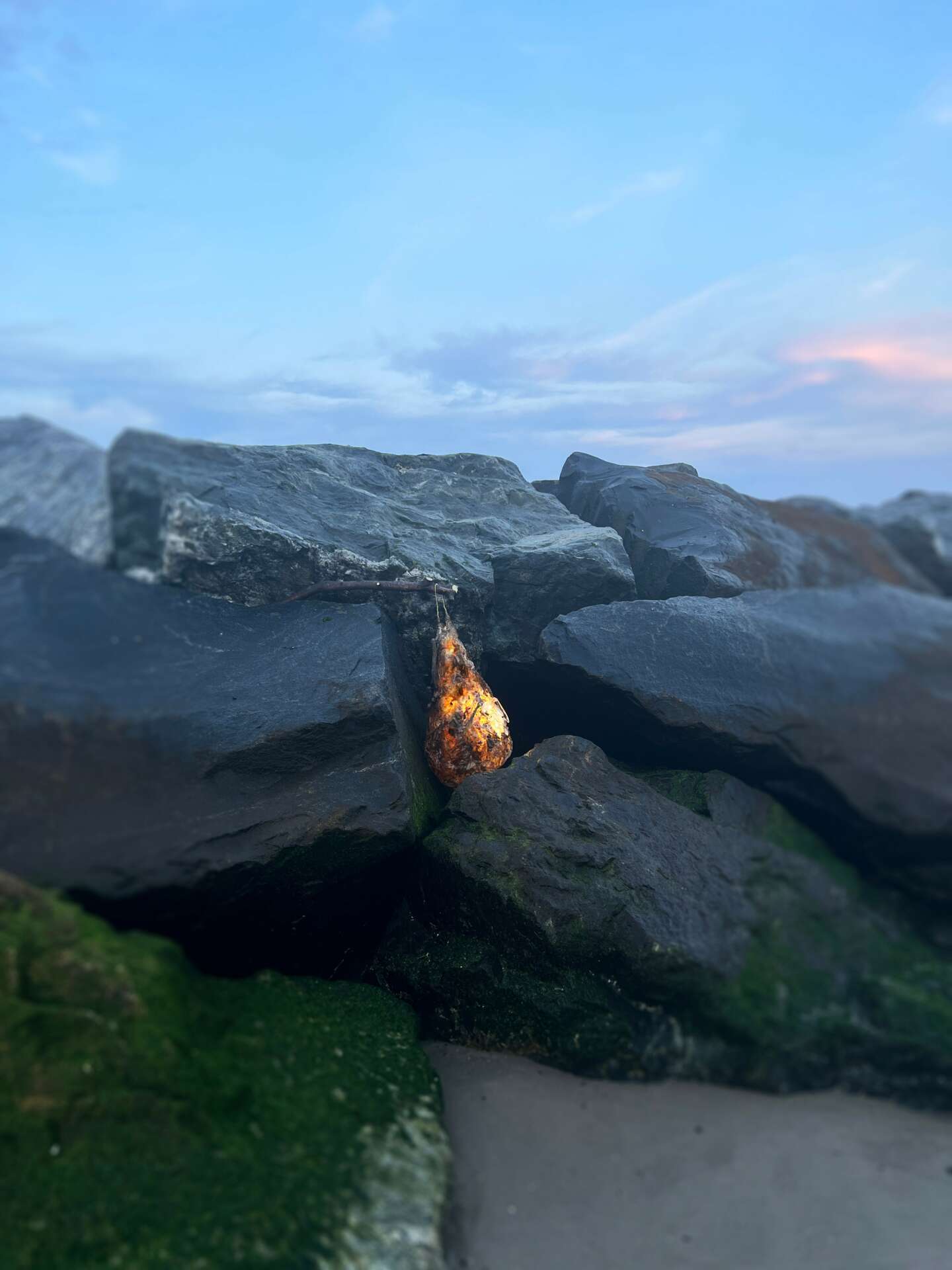
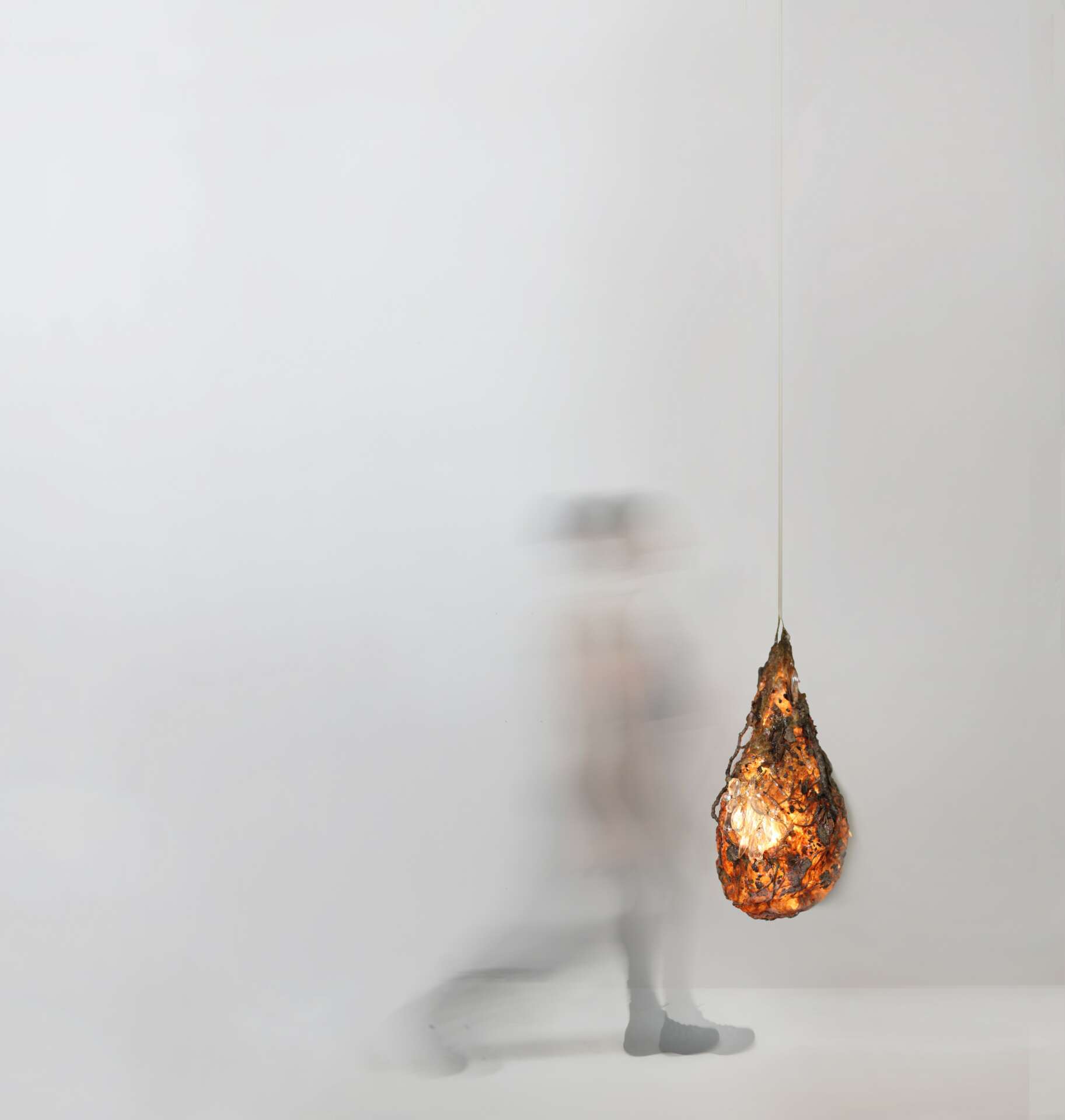
Sabrina, love having you share your insights with us. Before we ask you more questions, maybe you can take a moment to introduce yourself to our readers who might have missed our earlier conversations?
I began with painting classes when I was 14, in a particular workshop called “Essentialism” that strongly marked me about the importance of being authentic as an artist. About to be honest with your own researches and paths. Years later I studied at different Fine Arts Schools. I was part of a traditional cabinetmaking workshop where I learned woodworking. I studied expertise in Applied Arts and my curiosity lead me to the history of design and its passage from craftmade to industrial. In 2017 I decided to move to New York to train in bioart in different bioart-labs like SVA Bioart Lab and Genspace.
The focus of my work has always been materiality. The way we approach nature as a material, in order to be able to work with it. I have been researching in that field for years through wood. At the beginning building objects, understanding its behavior and techniques and then working on it from the codification and data through its DNA.
After 6 years researching biomaterials, I have developed my own recipe of bioplastic, a 100% biodegradable protein-based material whose particular strength allows me to build functional sculptural pieces ranging from a small stool to lamps and shelfs.
In this Series called “Sympoiesis” I combine protein-based bioplastic with copper, crystals, furniture fragments, flower petals, motion sensors and LED technology.
My goal is co-create with the elements of nature with which I work. Learning about their behaviors and characteristics and facilitating contexts in which they can express themselves and expand through my practice.

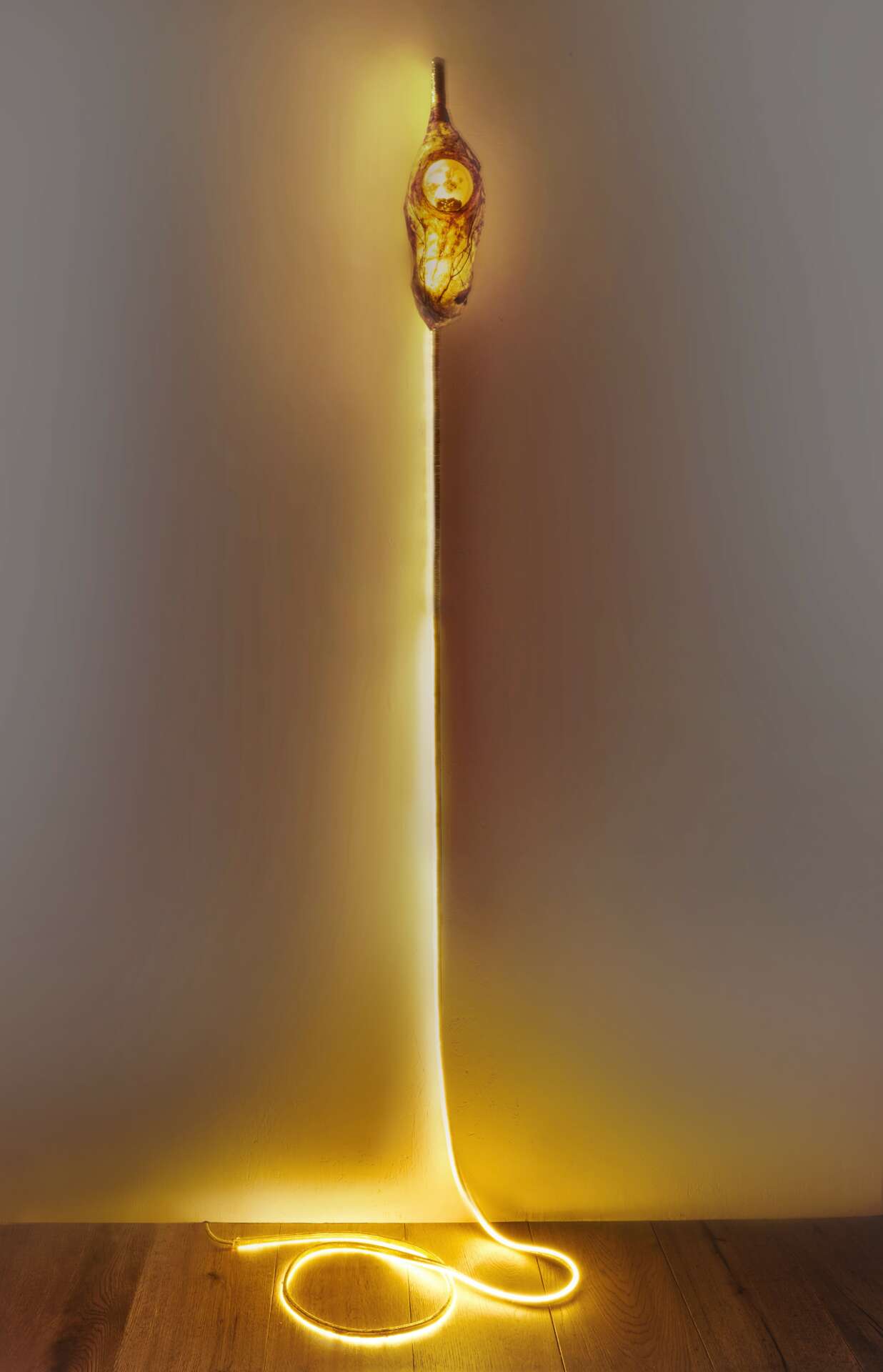
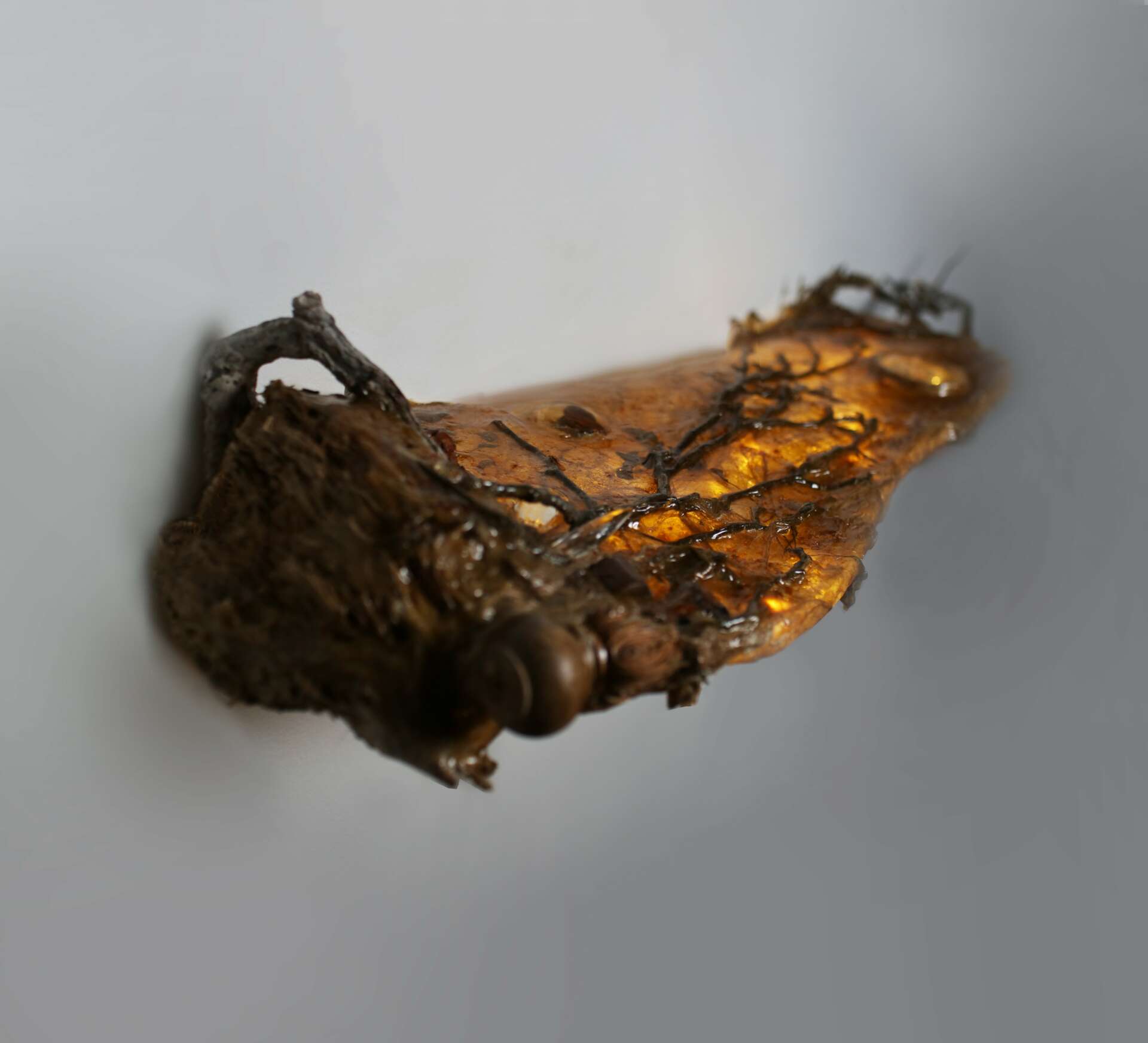
Is there something you think non-creatives will struggle to understand about your journey as a creative?
Sometimes people are surprised by the directions my work has taken. How different my work is over time. I believe there is always a path that is defined in relation to the kind of associations that can be drawn between points that at first glance seem absolutely disconnected. That’s why I am always investing in new theories, practices and disciplines even if I don’t immediately understand the connection with what I am doing at the moment. I trust my instinct and usually the connection shows up at some point and the work moves in a new exciting direction. That’s for me the key to creativity in art but also in life and all kind of disciplines. Displacements in history are always linked to new connections between two points that no one has ever connected before. Of course that has also to be conjugated with a situated historical moment, theories in development and the technical possibilities among other factors.
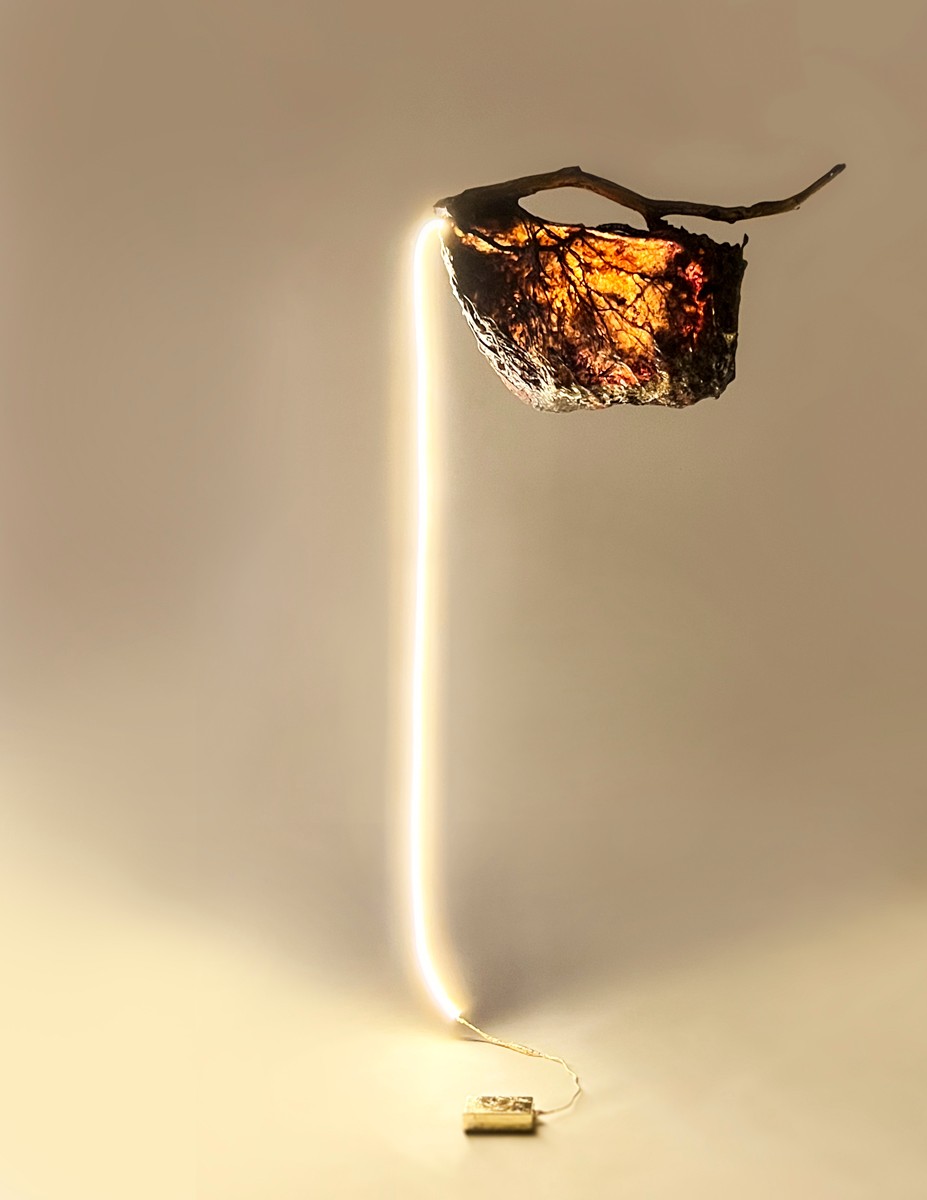

What’s the most rewarding aspect of being a creative in your experience?
The most rewarding aspect of being an artist is the moment when you share your work with others. I think the most wonderful thing about art is the possibility of opening exchanges and dialogues in order to find new ways of inhabiting the world. Contributing to the creation of crossroads between thoughts and experiences between different people with different realities.
Contact Info:
- Website: www.merayonuniez.com
- Instagram: sabrina_merayo_nuniez
Image Credits
Pablo Monsalve


